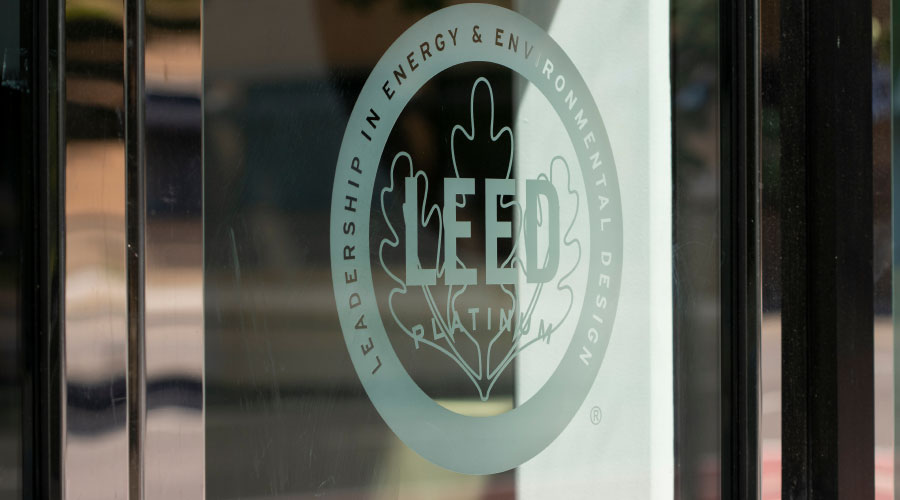Sustainable Initiatives Can Help Future-Proof Buildings
Climate change has had a major impact on building longevity. Because of this, future proofing has become more prominent in conversations.
When beginning a new construction project or renovation, there are three questions that must be asked: what are the climate projections particular to this location, what vulnerabilities will this expose to the facilities, and what design solutions should be implemented as a result? Climate change has had a major impact on building longevity. Because of this, future proofing has become more prominent in conversations.
Designing with future-proofing for potential extreme weather events can be stressful. Sustainable materials can be used to ensure durability. A more durable building becomes sustainable because the resources used for construction will be used for a longer time. Building materials should be carefully selected based on their function in the building, durability and environmental impact. Materials that are more durable and have less embodied carbon that are harmful to the environment is preferred.
“Decarbonization and electrification of building systems is definitely on the rise, which is good news,” says Christensen. “Also, more of our commercial property management clients – particularly in urban markets where landfill space is limited – are now utilizing manufacturer take-back programs for commodity materials like carpet tiles and acoustic ceiling tiles that can be remanufactured and diverted from the waste stream. We’re also seeing increased interest in third-party certification through rating systems like LEED, WELL, and Fitwel, or in many cases designing to these standards without pursuing the certification.”
There is not a “one size fits all” solution when it comes to sustainability within new building projects. It is imperative to start with a clear understanding of what building owners and facility executives are looking to accomplish in the specific location. Planning sustainable initiatives ahead of time can protect the owner’s investment, reduce liability and contribute to resilient building.
“Sustainability used to be synonymous with operational carbon,” says Hetrick. “Lately everyone has finally come around to adding embodied carbon to that definition, but we must push further. All the carbon and air pollution from construction should also be tracked and mitigated. Same goes for the carbon associated with end of life. Telling the whole life carbon story, from extracted minerals and petrochemicals, to diesel used for digging a foundation – to the grid energy and circularity story…seeing the big picture is an evolving science and trend that will stay for the long haul.”
Mackenna Moralez is the associate editor with the facilities group.
Related Topics:













